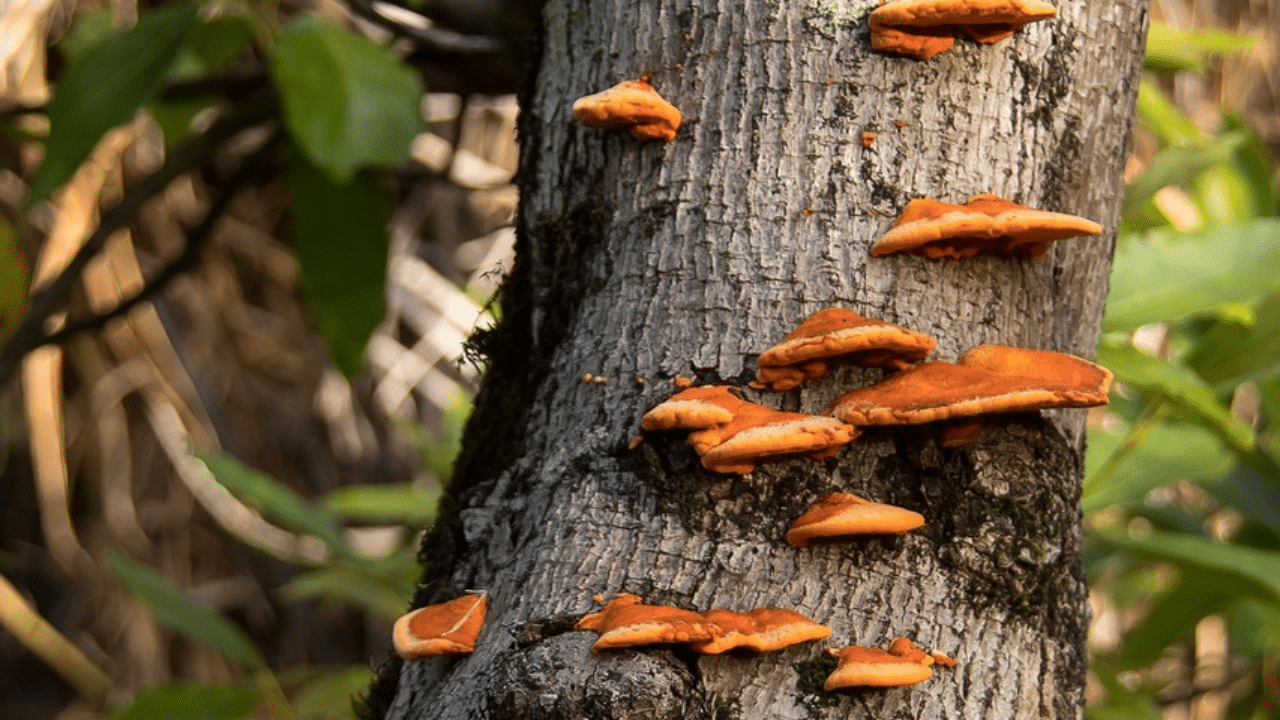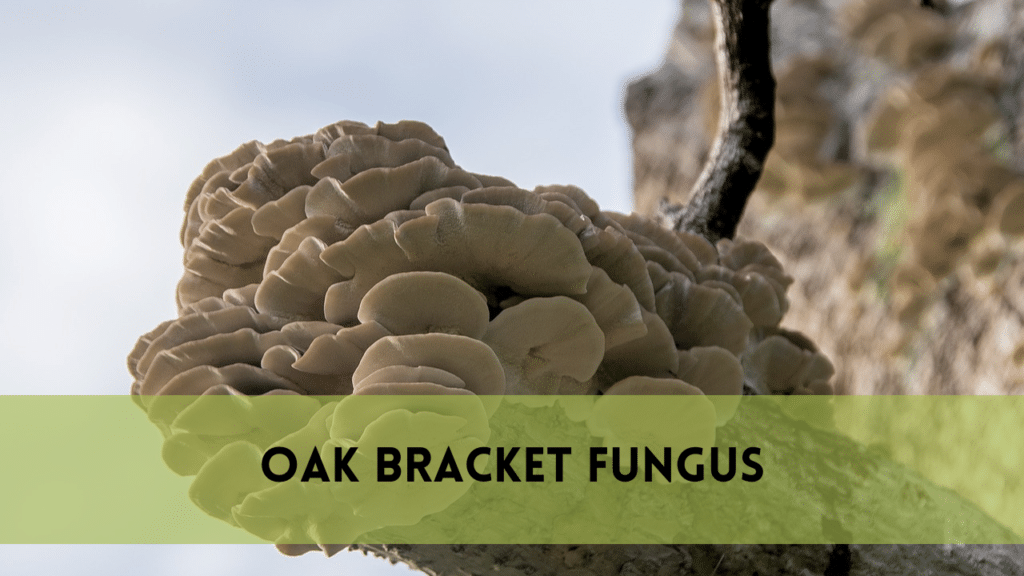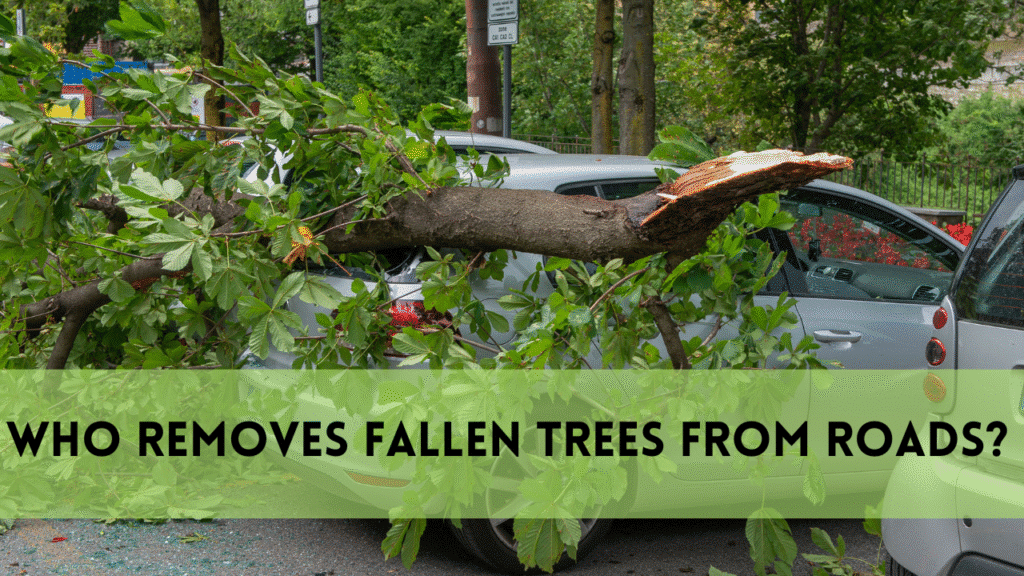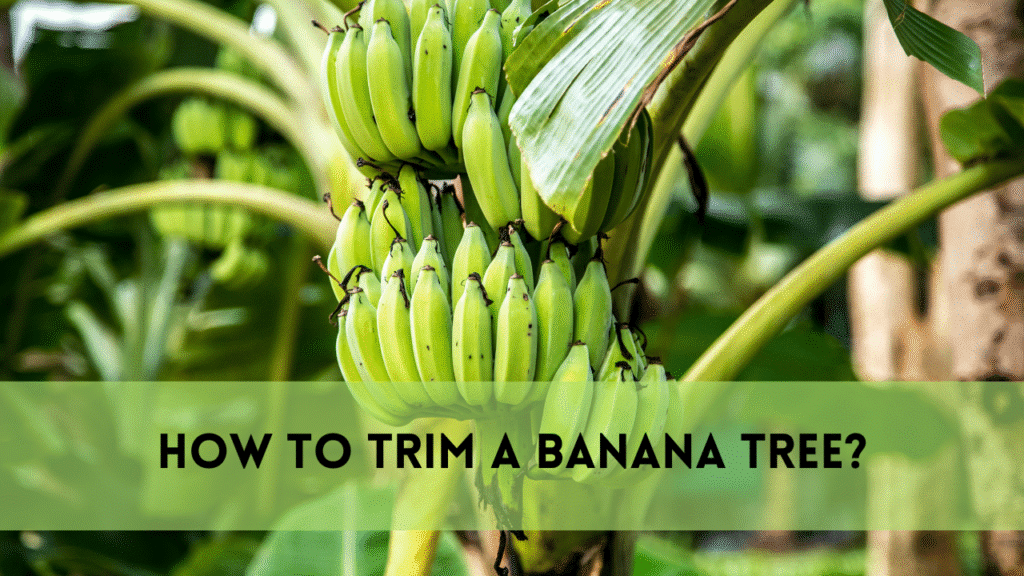The oak bracket fungus can be a silent, but destructive disease. It can threaten the health of your precious oak tree. You may have come across this fungus if you’ve seen a shel-life growth at the bast or trunk or your oak tree.
Arbor True Dallas understands how important it is to protect trees from this pathogen causes decay. This comprehensive guide will cover everything you need about oak bracket fungus from its lifecycle to treatment.
Understanding Oak Bracket Fungus
Scientifically oak bracket fungus is known as inototus dryadeus. It is a wood-decaying fungdal that targets oak trees. The large think and bracket-shaped fruits that appear at the base of the tree or along its trunk are the most common way to identify it. The fungal structures may appear in brown, orange, yellow or other shades, and develop a rough texture with time.
This fungus is able to thrive by infiltrating a tree’s vascular structure, causing extensive internal decay. The brackets on the outside may appear harmless, but inside, the fungus damages the tree’s structure, making it vulnerable to collapse. If left unchecked, oak bracket can weaken even the largest oaks.
How Oak Bracket Fungus Affects Trees
The oak bracket enters a tree via wounds or openings that occur naturally in the bark. Once inside the tree, it feeds on lignin, cellulose and other essential components that give a strong tree its strength. As decay advances, the tree can show external symptoms like oozing of sap, canopy thinned, and brittle branch.
The fungus can be particularly aggressive on trees that are stressed or older. This makes them more susceptible in urban areas or in conditions of drought. The decay is slow but persistent, and it compromises the tree’s capacity to transport water and nutrients. Before visible brackets of fungus appear, internal damage has already been done.
Oak Bracket Fungus: How To Identify It?
Early detection of oak bracket is crucial to its management. Property owners need to be vigilant because the fungus grows primarily inside the tree, before it shows external symptoms. Infection can be detected by:
- If you see large bracket-like fungi near the base of a tree or its trunk, this is a sign.
- Wood that is discolored or weakening around cuts or wounds.
- Exudation of sap from affected areas increases.
- The canopy of the trees will slowly die back, and leaves will turn yellow and drop prematurely.
- When tapped, the wood sounds hollow or brittle.
It is important to act immediately if you see any of these signs. This will allow you to determine the extent of damage.
Oak Bracket Fungus: Dangers and Treatment
Oak bracket fungus is more than just an aesthetic issue. It poses serious risks to trees and properties nearby. The decaying wood structure of the tree increases the risk of a total collapse or branch failure as the tree’s stability decreases. Falling trees in residential areas can cause damage to homes, vehicles and power lines.
The oak bracket also compromises the tree’s defense mechanisms and makes it vulnerable to secondary infections. Other fungi, and wood-boring insect, can accelerate the decay process in weakened trees. This leaves the tree vulnerable to additional threats.
Can Oak Bracket Fungus Be Treated?
Once oak bracket is established inside a tree there is no cure known to reverse decay. Proper management strategies can slow the progression of oak bracket and prolong the life span of infected trees. The most effective method includes:
- Arborists are certified to inspect trees regularly. This helps detect infection early and determines the best action.
- Infected branches can be removed to reduce fungal growth and increase the structural stability of the tree.
- Improving tree health – Providing enough water, nutrients and mulch will enhance the tree’s natural defense mechanism against fungal infections.
- Wound Management: By preventing unnecessary injury to the tree, and by applying protective sealants on cuts, you can reduce the entry points of the fungus.

In extreme cases, the best option is to remove the tree, especially if it has lost its structural integrity. Arbor True Dallas specializes in managing and assessing infected trees in order to maintain the safety of your landscape.
How to Prevent Oak Bracket Fungus in Your Landscape
Oak bracket fungus is best prevented. Owners can take proactive steps to protect their trees and reduce the risk of infection.
- Avoid wounding your trees: Be aware of lawn equipment and construction activities. Also, improper pruning can allow fungi to enter the tree.
- Keep soil healthy: A soil rich in organic material and well-drained will support the overall health of trees and their resilience to pathogens.
- Schedule routine tree inspections: Certified arborists will be able to identify warning signs early and take preventative measures before major damage occurs.
- Manage stress factors: Protect trees from dry soil, mechanical damage, and drought stress.
You can reduce the risk of oak bracket infecting your trees by taking these preventive measures.
Arbor True Dallas: A Tree Health Management Company
Arbor True Dallas is committed to helping homeowners maintain healthy and thriving trees. Our arborists are experts in diagnosing and treating tree diseases such as oak bracket. We offer tailored solutions for all your tree care needs, whether, you require a professional evaluation, pruning services or a complete removal.
We have years of experience in the tree care industry and we know how important it is to detect problems early and take proactive measures. Our team uses industry-best practices and advanced diagnostic tools to assess the health of trees and implement effective treatments. Arbor True Dallas ensures the long-term health of your trees as well as the safety of your home.
FAQs
Is oak bracket fungal dangerous to humans?
Oak bracket fungus is not a direct danger to humans. It can, however, compromise the stability of trees, increasing the likelihood of branches falling or trees failing.
Does oak bracket fungus affect other trees?
Oak bracket fungus mainly infects wounded trees, but its spores spread through the air to other trees.
How quickly does oak bracket fungus destroy a tree?
Although the tree may take many years to decay, once symptoms appear, the fungus has already compromised its structural integrity.
Can removing brackets caused by fungi stop the infection?
The internal decay will not be eliminated by removing the brackets. The fungus is weakening the tree from inside, and requires professional assessment.
Should I remove an oak tree that has been infected by the oak bracket fungus?
The severity of the infection will determine whether or not you should remove the tree. Professional arborists can determine the stability of the tree and whether it is necessary to remove it for safety.
Conclusion
The oak bracket fungus can be a formidable enemy, weakening trees silently from within. Once a tree catches the infection, no treatment can cure it. Early intervention can reduce the effects of the disease and extend tree life. Proactive measures are the best way to protect yourself. Regular tree maintenance, preventive treatment, and professional consultations are all part of this.
Therefore, don’t wait until the damage is irreversible before taking action. Arbor True Dallas can provide you with expert tree care and help to ensure that your landscape is healthy and vibrant.



